Philipp Fürhofer
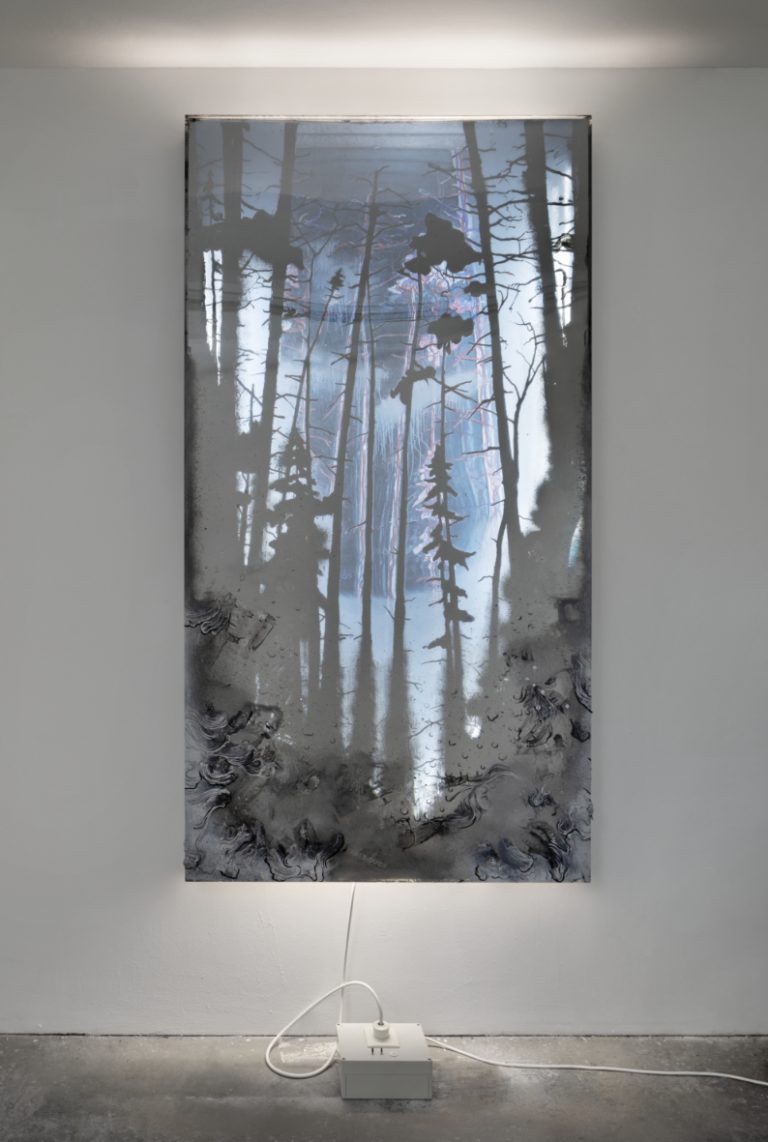
Philipp Fürhofer, Austausch, 2021. Acrylic and oil on acrylic glass, spy mirror, cables, and controler box, 232 × 122 × 10 cm © The artist; photo: Henning Moser. Courtesy Galerie Judin, Berlin
Like human memory (recalled or involuntary), this artist’s creative effects are synchronous and emotionally interwoven or embedded within one another: an expressed layering that also echoes the Baroque and the inflected scope of theater and architecture, where collaborative ideas of art, music, design, orchestration, and vision are similarly interwoven by means of a monadological enfolding and juxtaposition.
Mark Gisbourne, 2014
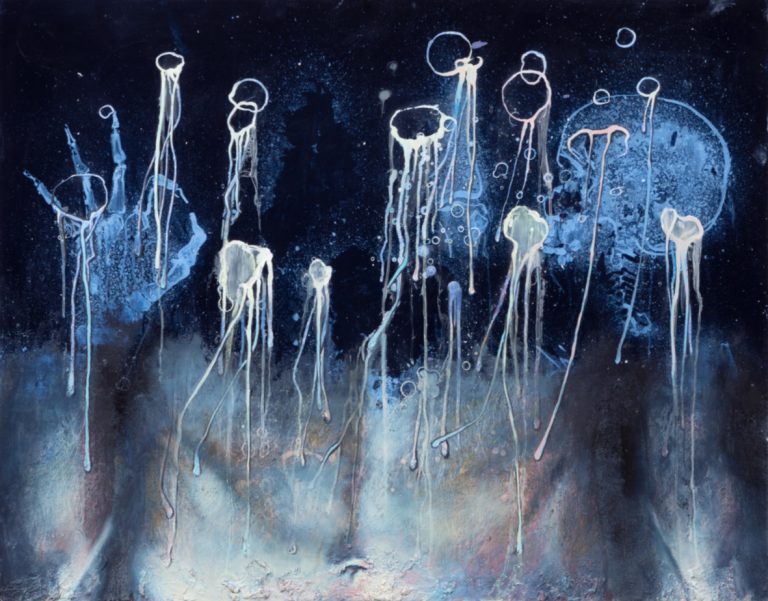
Philipp Fürhofer, Living, 2021, Acrylic, oil, and pencils on acrylic glass, 78,7 × 100 cm © The artist; photo: Henning Moser. Courtesy Galerie Judin, Berlin
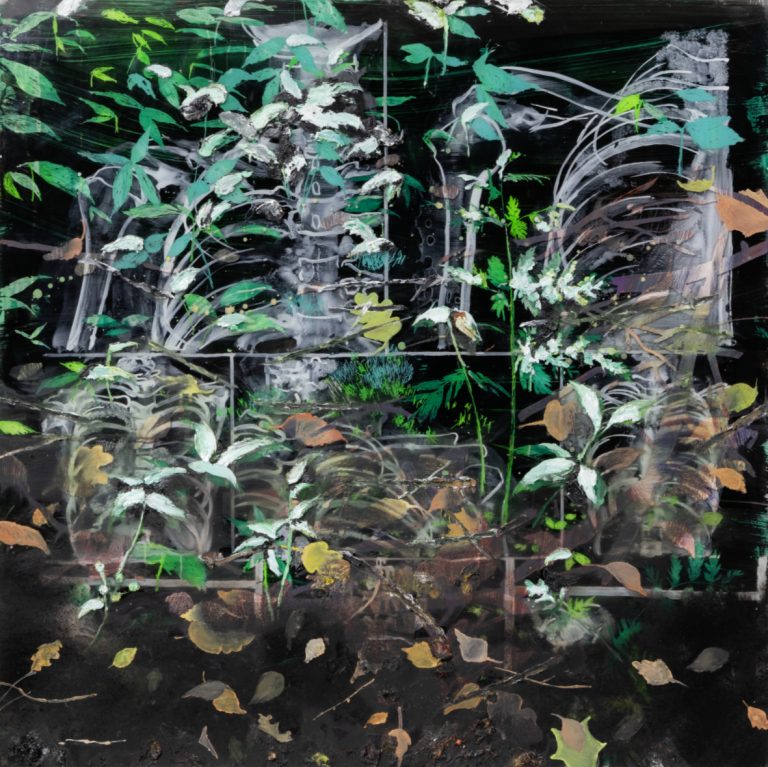
Philipp Fürhofer, Waldboden, 2021, Acrylic, oil, and pencils on acrylic glass, 120 × 120 cm © The artist; photo: Henning Moser. Courtesy Galerie Judin, Berlin
Philipp Fürhofer, born in Augsburg in 1982, has become a major figure in the national and international art scene over the last years. His name has become synonymous with a body of work that uses glass, mirrors, and light to create highly aesthetic and enigmatic effects. Four such light boxes – in which complex light cycles transform acrylic glass, mirrors, and impasto painting into living organisms – are also on view in our exhibition, the artist’s third with Galerie Judin. First and foremost, it presents a group of works that revitalizes the traditional format of panel painting using the artist’s familiar visual language resulting in what could be understood as a summary of his previous practice.
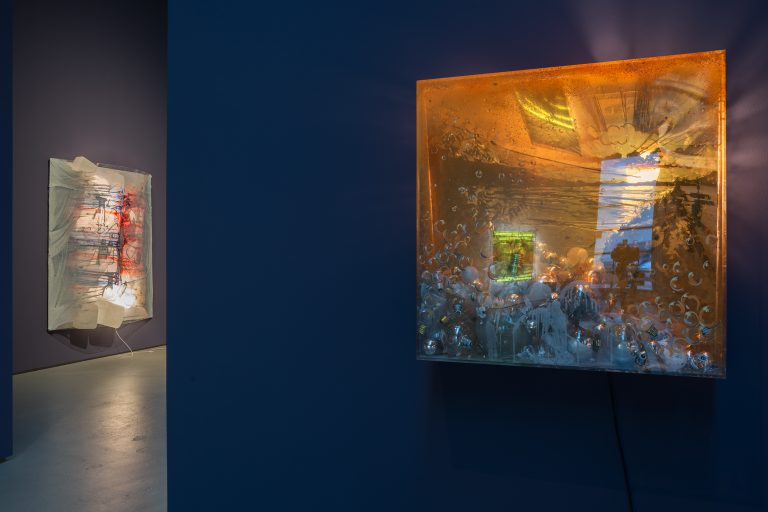
Philipp Fürhofer – Walpurgisnacht. Galerie Judin, 2018. Photo: Katrin Hammer / © The artist, Courtesy Galerie Judin, Berlin
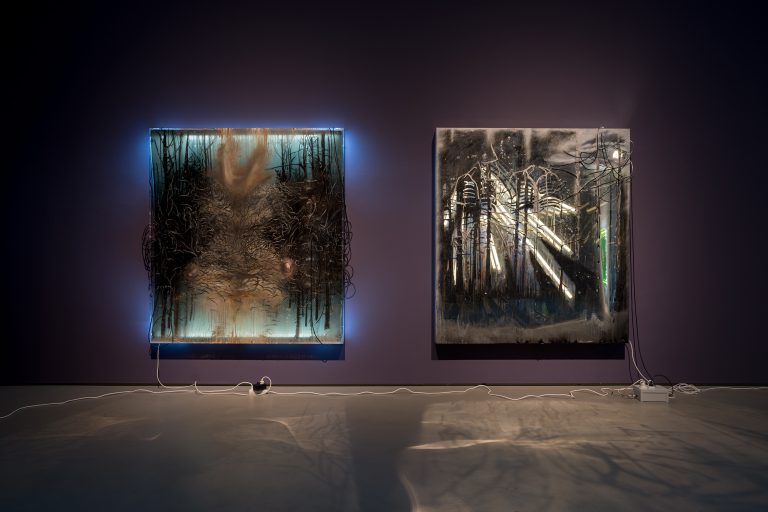
Philipp Fürhofer – Walpurgisnacht. Galerie Judin, 2018. Photo: Katrin Hammer / © The artist, Courtesy Galerie Judin, Berlin
Fürhofer’s paintings are fascinating, turbulent works caught in the vortex of ‘totality’: light-on we see high peaks through elusive haze, light-off the accumulation of debris strewn by some centrifugal force at the bottom of the lightbox – the ground zero of The Twilight of the Gods.
Denise Wendel-Poray, 2020
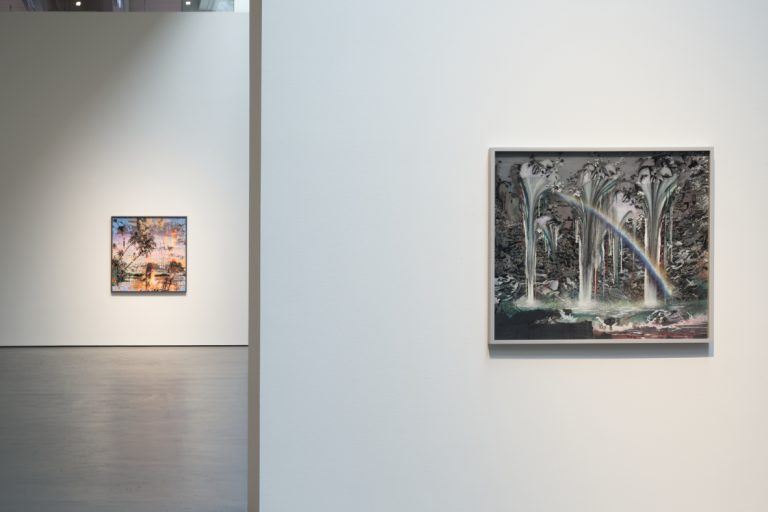
Installation view. Images: Katrin Hammer / © Philipp Fürhofer
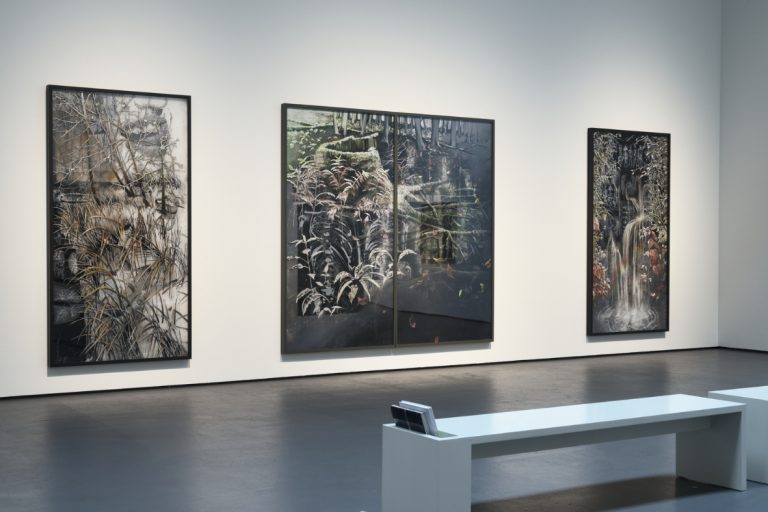
Installation view. Images: Katrin Hammer / © Philipp Fürhofer
Despite all these technical and stylistic novelties, Fürhofer has stayed true to his canon of motifs. As with the light boxes, his work continues to revolve around the ever changing relationship between man and nature. However, Fürhofer’s interest in cycles – evident in the light circuits – has literally faded out. Instead, he focusses on the concurrency of phenomena. In a sense, we are dealing with the “simultaneity of the non-simultaneous,” as the neo-Marxist philosopher Ernst Bloch proclaimed. Fürhofer no longer depicts the succession but the coincidence of idyllic, romanticizing landscapes and dystopian abysses. An uncomfortable idea that we should get accustomed to.
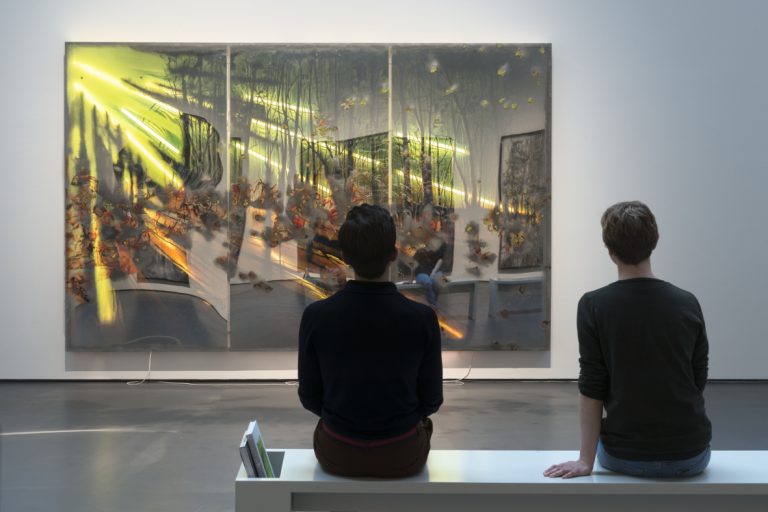
Installation view. Images: Katrin Hammer / © Philipp Fürhofer
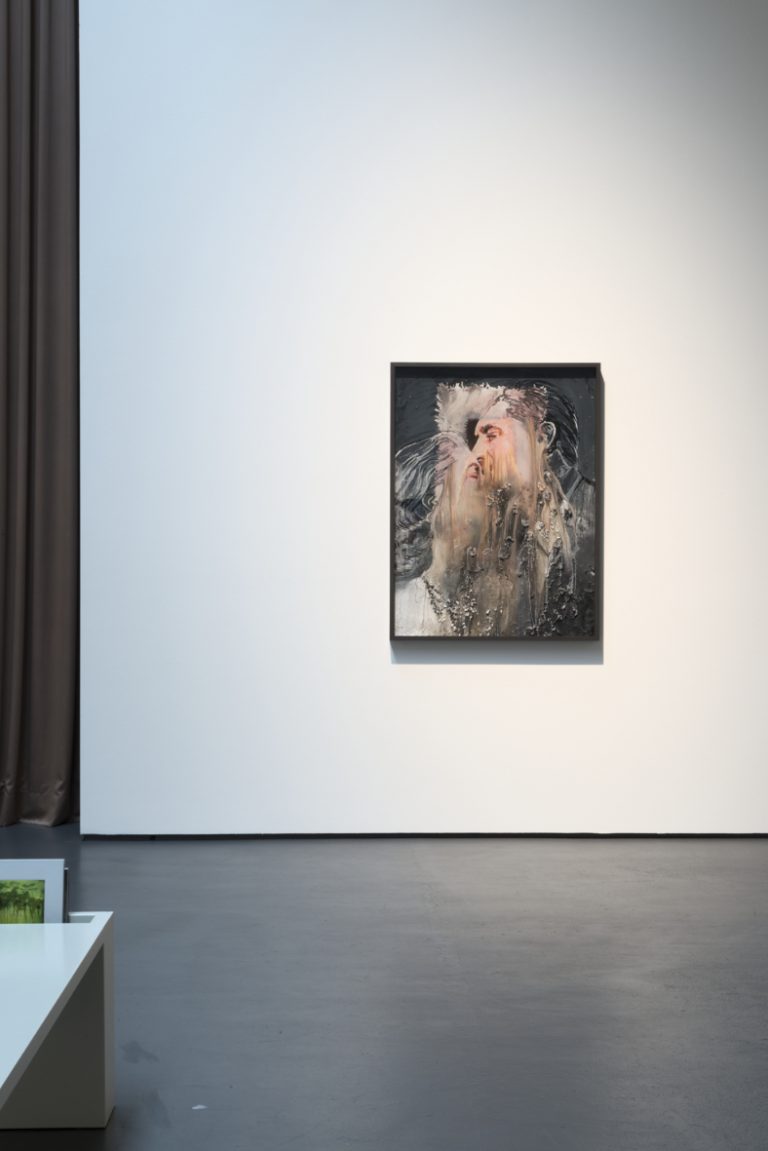
Installation view. Images: Katrin Hammer / © Philipp Fürhofer
